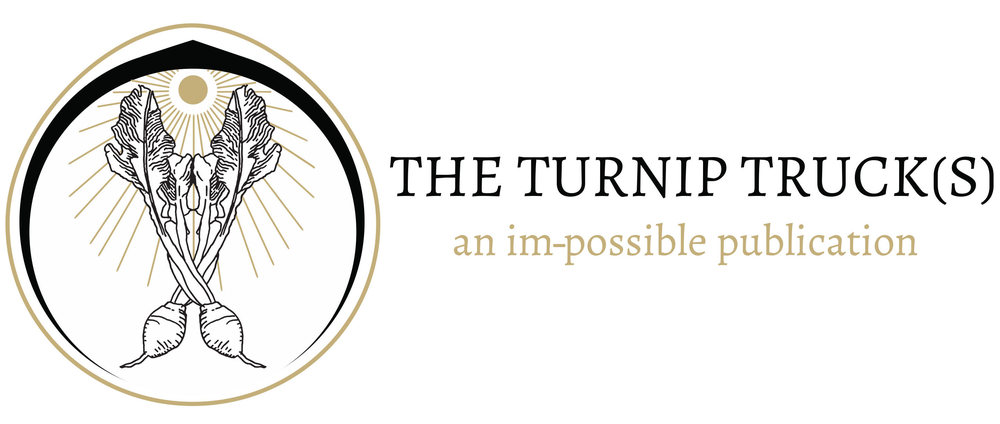The eagle, the elephant, and the donkey are the totems of America’s political identity, but why these animals? Despite Benjamin Franklin’s stance that the turkey, not the eagle, should represent this country for its courage, in 1782 the bald eagle won out for its strength, beauty, and long lifespan. During the 1828 election season, Andrew Jackson’s opponents hoped to damage his campaign by calling him an ass, but Jackson embraced the label, associating it with the animal’s hardworking nature. Nearly fifty years later, cartoonist and staunch Republican Thomas Nast used the donkey to represent Jackson, thus making it the symbol for the Democratic Party. Nast is likewise responsible for creating the Republican Party’s elephant, though there is conjecture as to why he chose this animal. Some speculate that it's connected with the phrase “seeing the elephant,” an Americanism that refers to experiencing the world at great cost as well as to seeing battle. These party animals* still symbolize our two major political parties today, but (as our 2016 Presidential Election approaches) we might want to look to other animals for voting advice.
*Of course, the term “party animal” conjures images of toga-wearing frat boys, like those from the 1978 Animal House, and as a slang term its history is fairly recent. A Saturday Night Live episode, which also aired in 1978, introduces one of the earliest uses of the term: ‘Here is the party animal himself—Bill Murray.’ However, the term wasn’t added to the OED until 2005.

